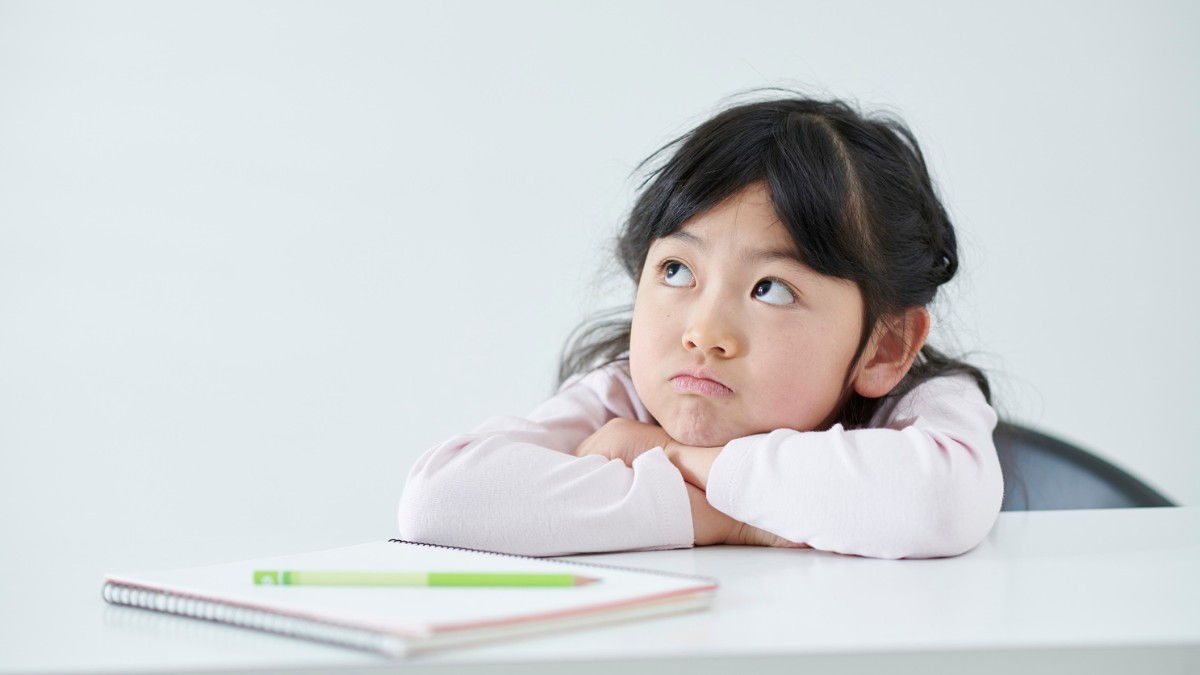Why Boredom is good for children: the opposite of what most parents believe. We see our kids staring at walls or sighing dramatically, and we rush to fix it with activities or screens. We live in a culture that treats boredom as a problem to be solved immediately, leaving parents feeling guilty when their children have free time.
But what if we’ve got it backward? What if boredom is good for children instead of something to avoid? Modern research indicates that unstructured time is essential for child development, promoting creativity, independence, and problem-solving skills.
Learn the science behind boredom’s benefits and practical strategies for embracing those precious “nothing to do” moments
Why Boredom Is Good for Children: 7 Science-Backed Benefits
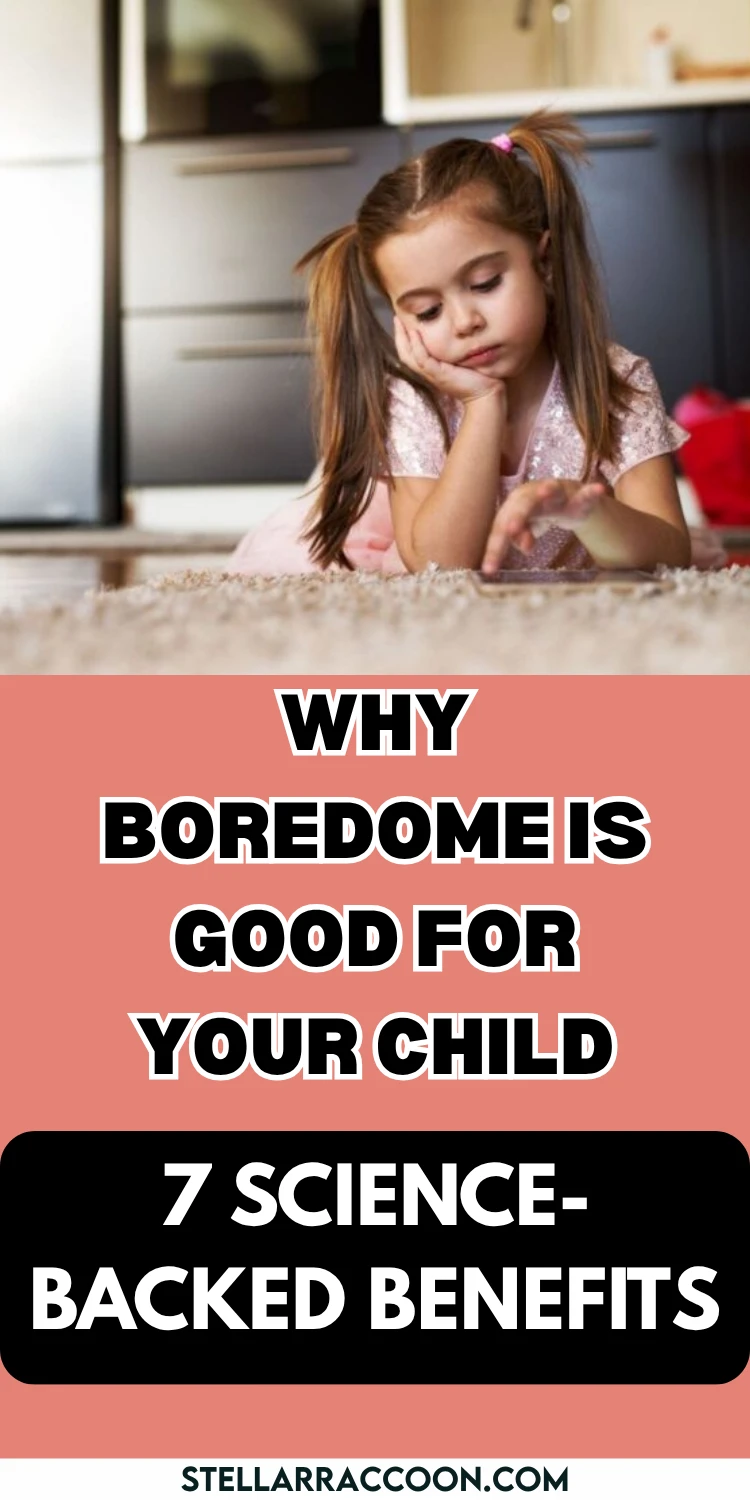
The Science Behind Why Boredom Benefits Child Development
When kids have nothing to do, their brains activate something called the default mode network. This brain system turns on during quiet moments and helps the mind wander and make creative connections.
Dr. Heather Lench’s research shows that boredom motivates kids to pursue new goals when their current activity stops being useful. Studies found that people who did boring tasks first were more creative than control groups. The benefits of boredom for kids come from giving their minds time to explore new ideas.
Child development and boredom are connected because kids’ prefrontal cortex, the brain’s planning center, is still growing until age 25. During empty time, children’s developing brains make important neural connections that help with problem-solving and creative thinking skills.
7 Key Benefits of Letting Your Child Be Bored
1. Enhanced Creativity and Imagination
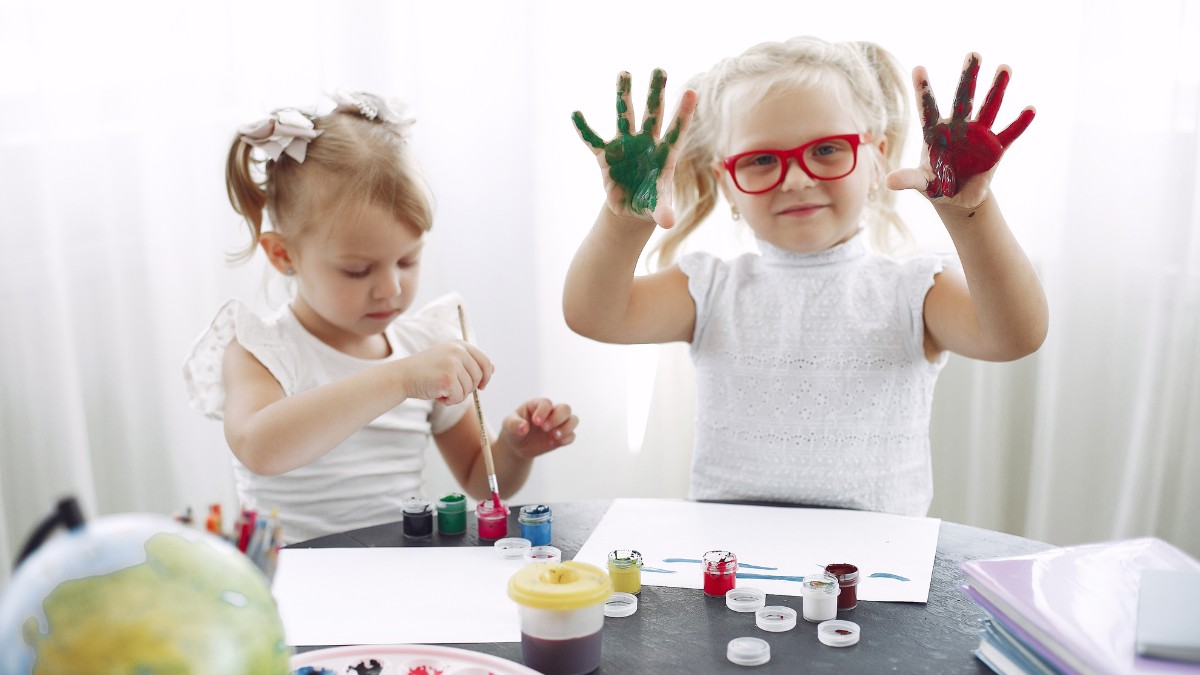
Without external stimulation, kids turn cardboard boxes into spaceships and kitchen pots into drums. Boredom forces their brains to make new connections and create original ideas.
2. Improved Self-Direction and Independence

Letting kids be bored teaches them to find their own solutions instead of asking adults for entertainment. They learn to make decisions and build confidence in their choices.
3. Better Emotional Regulation
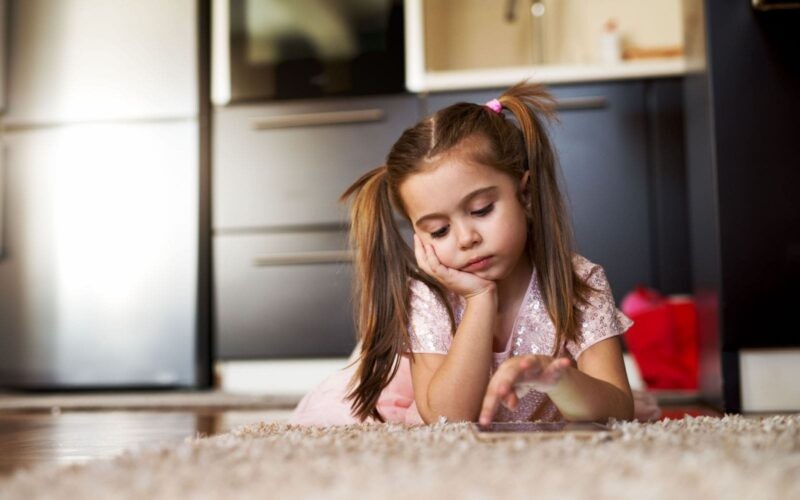
Learning to sit with uncomfortable feelings builds resilience. Kids discover that boredom is temporary and manageable, helping them handle other difficult emotions throughout life.
4. Increased Intrinsic Motivation
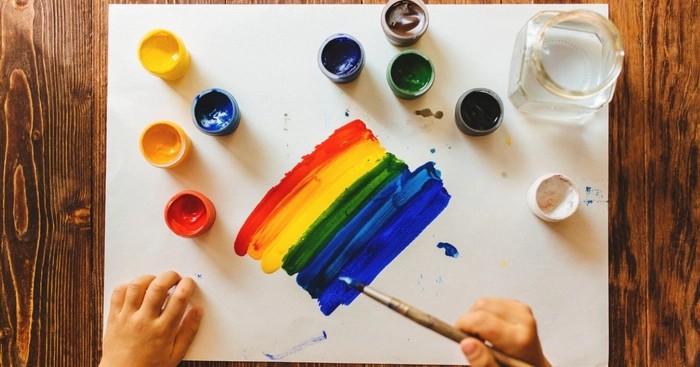
When children aren’t constantly entertained, they discover what genuinely interests them. This self-discovery leads to stronger internal motivation and authentic passions.
5. Development of Problem-Solving Skills
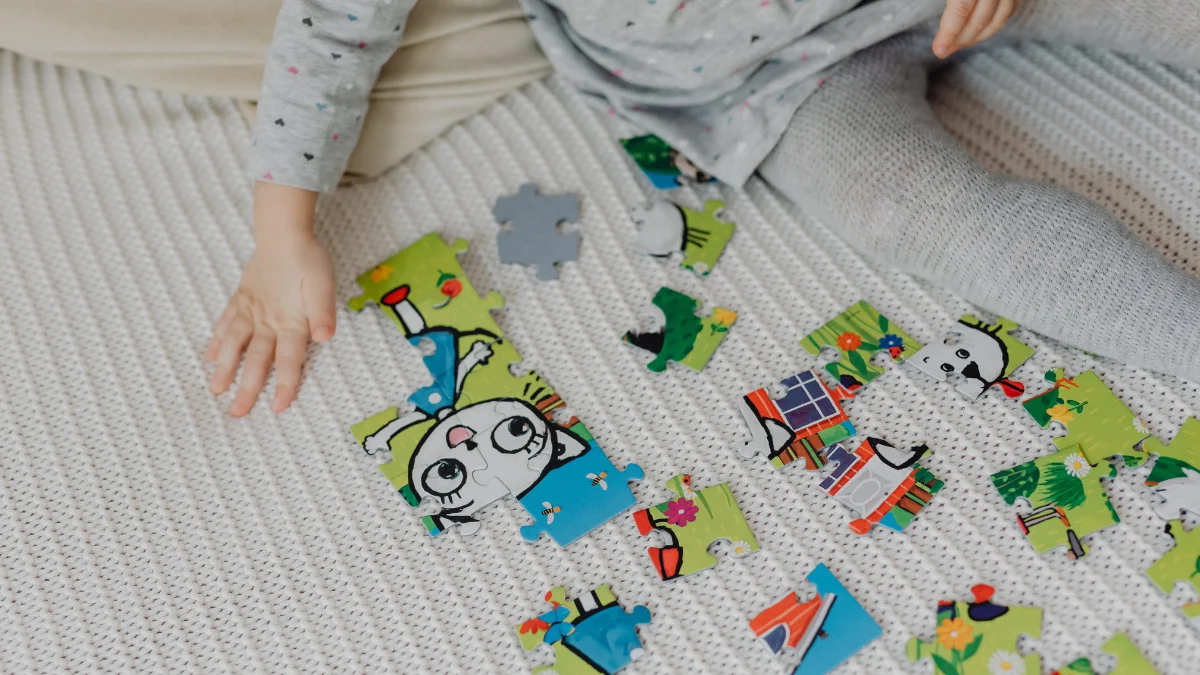
Boredom creates challenges that require creative solutions. Kids must think through options and make decisions, strengthening their analytical abilities.
6. Enhanced Focus and Attention Span
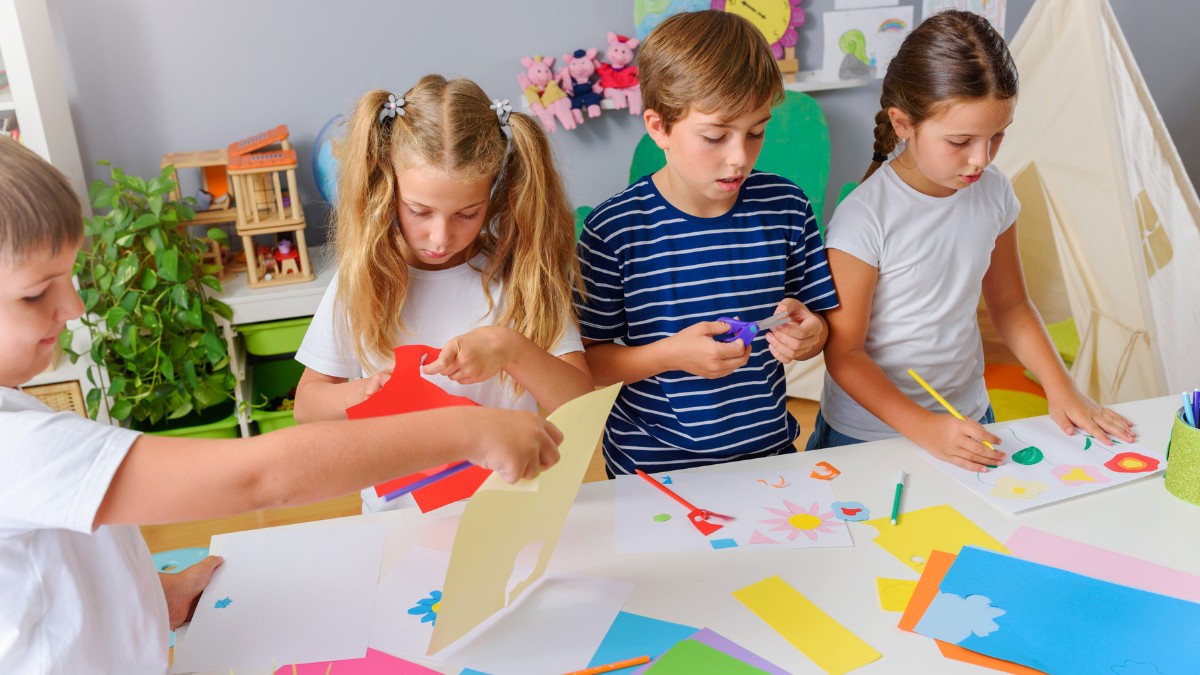
Research from Scandinavian forest schools shows that children in unstructured play develop better concentration. The benefits of boredom for kids include training their minds to engage deeply with self-chosen activities.
7. Development of Self-Awareness
Quiet time allows children to understand their thoughts and feelings, building mindfulness skills and emotional intelligence.
Famous breakthroughs came from boredom: J.K. Rowling conceived Harry Potter during a train delay, and Lin-Manuel Miranda got the Hamilton idea while relaxing in Mexico. Every day, inventions like potato chips and Popsicles also emerged from bored experimentation.
How to Handle “I’m Bored” Without Guilt
When kids say “I’m bored,” resist immediately offering solutions. Instead, validate their feelings: “I hear you’re feeling bored. That can be uncomfortable.” This supportive response acknowledges their emotion without rescuing them from the problem-solving process.
Age-appropriate expectations for independent play help set realistic boundaries: ages 3-5 can handle 15-20 minutes alone, ages 6-8 can manage 30-45 minutes, and older kids can go even longer.
Try this script: “Boredom means your brain is ready for something new. What ideas do you have?” Step in only if safety concerns arise or after they’ve genuinely tried multiple solutions. Step back when they start brainstorming or experimenting with activities, even if their choices seem unusual or messy.
Creating the Right Environment for Productive Boredom
Set up exploration spaces with basic materials like cardboard boxes, art supplies, and building blocks within easy reach. Create a “boredom jar” filled with simple activity ideas: “build a fort,” “write a story,” or “invent a new game.”
Limit screen time to allow natural boredom to surface. Balance structured activities with unstructured time—aim for equal amounts of both daily.
Safety-proof play areas by removing hazards while keeping interesting materials accessible. Outdoor spaces work well: provide sticks, rocks, and the open regions for digging or building. The goal is to create environments where kids can safely explore without constant supervision.
Common Mistakes Parents Make When Kids Say They’re Bored
The biggest mistake is immediately offering screens or entertainment. This teaches kids they can’t handle uncomfortable feelings and need constant stimulation.
Many parents feel personally responsible for their child’s boredom, rushing to fix it instead of letting kids develop problem-solving skills. Over-scheduling every moment to prevent boredom robs children of creativity-building opportunities.
Don’t confuse boredom with loneliness or emotional distress. Boredom feels restless, but it is manageable, while genuine distress requires attention. Learn to distinguish between “I have nothing to do” boredom and “I need connection” feelings, responding appropriately to each.
FAQs.
1: How long should I let my child be bored before stepping in?
Ages 3-5 can handle 15-20 minutes independently, ages 6-8 can manage 30-45 minutes, and children 9+ can go an hour or more before you need to intervene.
2: What if my child gets upset or whiny when they’re bored?
This is normal behavior that teaches emotional regulation, so validate their feelings but resist immediately providing solutions unless there’s genuine distress or safety concerns.
3: How do I know if boredom is helping my child develop?
Look for increased creativity in play, more independent problem-solving, longer attention spans on self-chosen activities, and fewer frequent requests for entertainment.
4. What’s the difference between productive boredom and my child just being lazy?
A: Productive boredom involves mental activity like daydreaming and thinking, while laziness typically involves passive consumption like mindless screen time.

